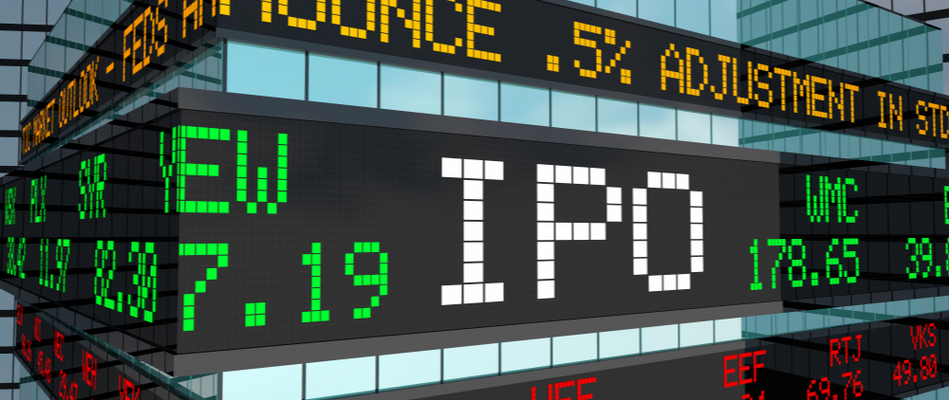What is a share issue?
A share issue is the issuing of shares by a company. This can be for the first time, for example. This is also called an Initial Public Offering (IPO) . However, a company can also choose to issue new shares for a second to fourth time.
Why do companies issue shares?
A share issue plays an important role for the company. It is a way to attract additional capital, so that the equity automatically increases. This money can be used by the company for new investments, but also to make the company survive. It is therefore also one of the advantages of going public as a company. By issuing additional shares, the market cap of the company is also increased.
IPO or share issue?
A share issue is often mistaken for an IPO. However, it is not exactly the same when you really delve into it. A company issues shares for the first time in an IPO, while a share issue can also involve a new issue of shares.
Share issue: the positive consequences
A company gains access to new capital, in the form of money, through a share issue. The money gives a company direct opportunities for new investments or even a takeover. Founders also get the opportunity to sell their share of the company through a share issue.
A company will also receive positive PR and free media attention. If a company is listed on the stock exchange, something will appear in the news with some regularity. For example, think of the presentation of annual and quarterly figures. The financial press is involved in this and regularly writes articles about the companies. This allows people to learn a lot about listed companies by keeping up with all the news on a daily basis.
Share Issuance: The Negative Consequences
A listed company will always feel more pressure from the market. The pressure to perform is high and a company wants to put itself on the map with shareholders. That is why the focus can shift to short-term goals instead of long-term goals. In addition, the supervisors impose very strict reporting requirements on companies that are listed. The requirements for the share issue are very strict. The company must therefore always keep its administration well. The costs involved in the reporting are also considerable. For small companies, it is therefore almost impossible to afford.

The issue price
The issue price is the price at which shares are issued in the share issue. This price is often not equal to the nominal value . If this is the case, the share is priced at par. This means that the price of a share is equal to the nominal value of this share. If the issue price is higher than the nominal value, this is called above par, if the issue price is lower, it is below par. The latter are also called undervalued shares .
Consequences of a claim issue
Shareholders can experience consequences of a rights issue. An existing group of shareholders will see a decrease in the value of their share. The value will decrease significantly if there is more supply than demand for these shares. In addition, there is the idea that many companies issue shares because they are in poor financial circumstances. This in turn causes the value of the shares to decrease. A company that issues shares can decide in this case to compensate the current shareholders. Think of a favourable price if they buy new shares.
Calculating share issuance
If a company wants to issue 20,000 shares, there is a share capital of €2,000,000. The nominal value of 1 share is €100. If the company decides to issue 3,000 shares at the nominal value, the issue is therefore at par. The total proceeds of these shares will then be €300,000. If the company is doing better, it also wants to issue the remaining 17,000 shares. Because things are going well, the company can get more than the nominal value for this. After all, the company is performing better. The issue is then above par. These shares are put on the market for €150. The proceeds for these shares are €2,550,000. The amount above the nominal value is called the premium reserve.
Compare brokers and start investing in stocks
Did this article about share issues make you interested in the investment profession? Read more investment-related articles in our knowledge base or blogs and use our comparator to compare the best and cheapest brokers for you?